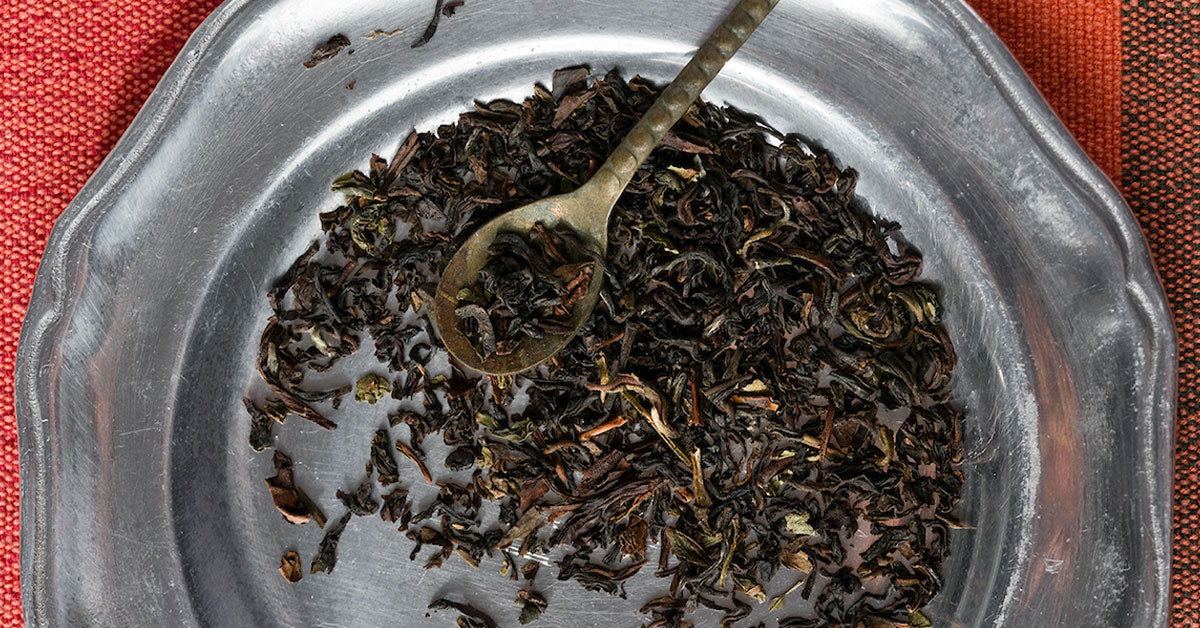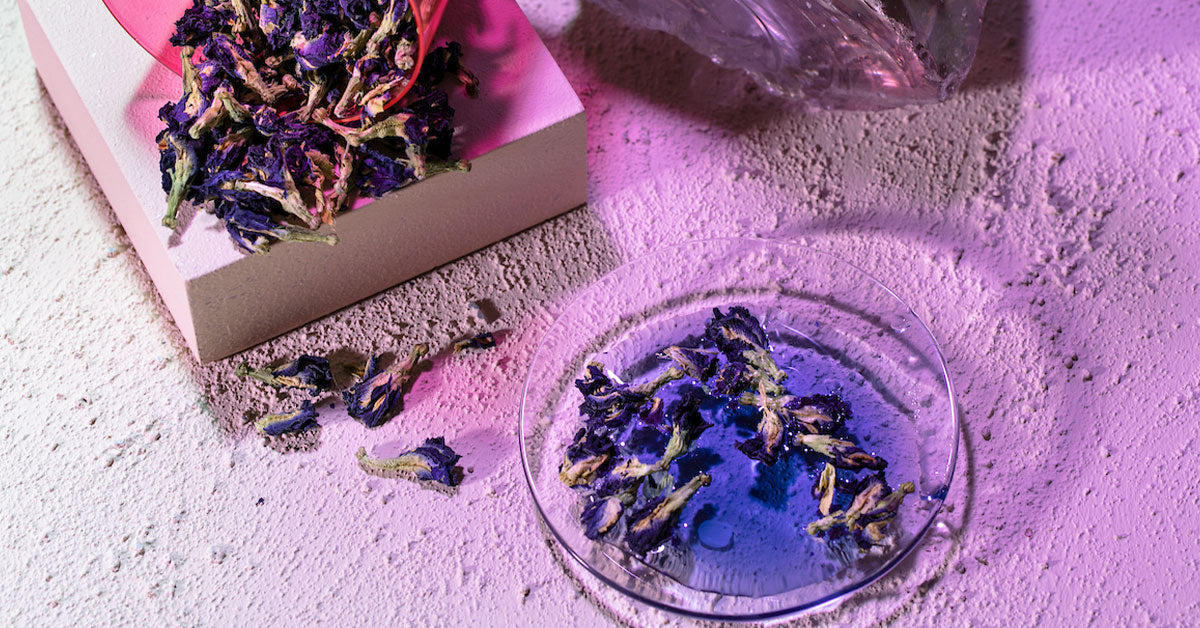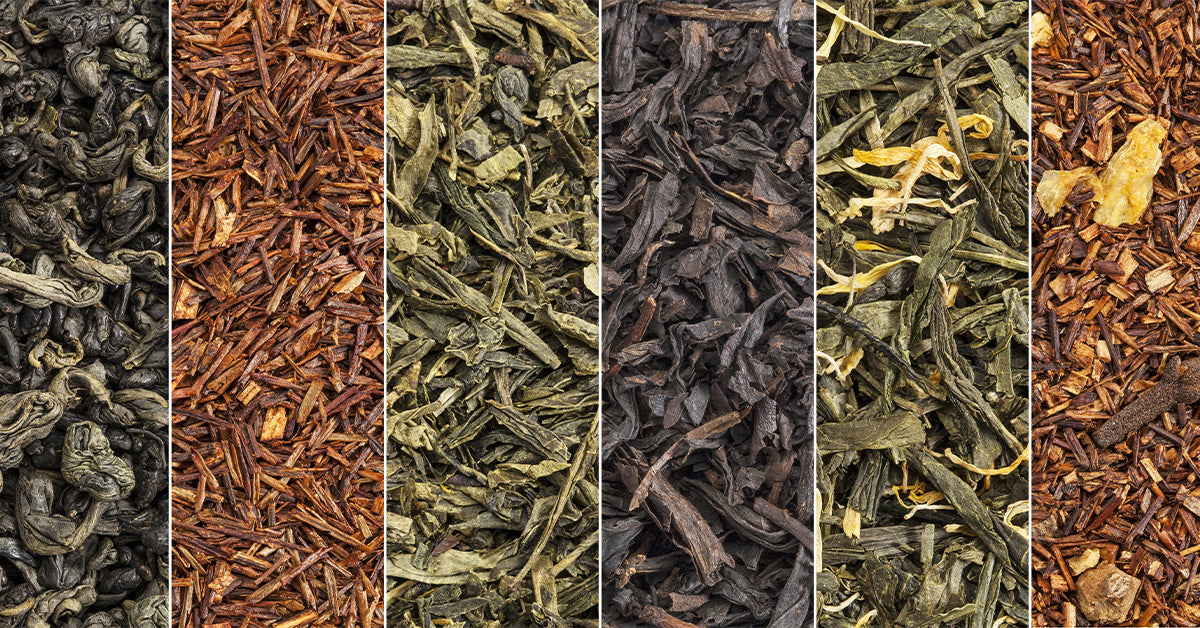If you’re wondering if this is some sort of belated April Fool’s Day joke, let us assure you it is not! Pickled tea has been around for centuries, dating back to ancient Burma (now Myanmar) when it was used as a peace offering between warring kingdoms – a “peace teaty” if you will! Today, lahpet – the Burmese word for “pickled tea” – is considered one of Myanmar’s national dishes. It is frequently made at large family gatherings and celebrations, and is offered to welcome guests.
Green tea is the national drink of Myanmar, a predominantly Buddhist country. Tea grows natively in that country; like so many other ideas that people get, who knows where the idea of pickling tea leaves came from. We’ll just leave it at “buttermilk” and call it a day. Fermentation is and always will be a thing.
Back in the day, lahpet was made by placing the buds of a young tea plant into a bamboo container, burying it by the riverside and leaving it be for several months. Even now, those who are dedicated to making lahpet the traditional way will steam the buds to release the tea’s juices that will serve as the pickling liquid, place them in large, covered containers and bury them for three to six months. What lahpet purists like about this method is that there are no additives of any type. The tea just pickles itself (feels like some kind of tongue twister’s in there with “pea tickles” and “tea pickles,” but we’ll save that for another blog!).
For those who can’t wait months for the tea leaves to ferment, there is a perfectly acceptable way for you to pickle tea in a vastly shorter period of time. Once you have your pickled tea, you’ll want to use it in a traditional Myanmar pickled tea leaves salad called Lahpet Thoke. Pickled tea is generally used to flavor foods rather than to be drunk. Hopefully we didn’t wait too late to mention that.
Lahpet

Ingredients:
Hot water
4 tbsp dried high-quality green tea leaves, like Lung Ching
4 cloves garlic
¼ tsp dried chili flakes
2 tsp lime juice
1 inch ginger
Salt to taste
⅔ C vegetable oil
Instructions:
- Place the tea leaves in a teapot or a large cup. Pour hot water over them and let steep for about 3 minutes. Drain off the tea liquid and squeeze any excess liquid from the tea by pressing with the back of the spoon. Taste the tea leaves to see if they are too bitter. If so, pour more boiling water on the leaves again and let steep for another 3 minutes, then drain/squeeze out the liquid from the tea.
- Transfer the tea leaves into a glass jar and let the lid partially close. You can and should, of course, drink the tea once you have strained out the leaves. Let sit at room temperature for 3 days.
- After 3 days, put the lahpet in a food processor along with garlic, ginger, chili flakes, lime juice and a pinch of salt. Process until the leaves are finely chopped. With the food processor running, slowly add in the oil. Secure the lid on the jar and place this in the refrigerator for another 3 days so the leaves have time to pickle with the other ingredients for more intense flavor.
Note: If mold growing on your tea leaves at room temperature is a concern, mix the tea leaves along with the other ingredients in a food processor, then let the leaf mixture pickle in the refrigerator instead for 4-5 days or longer.
Print the recipe card here.Now that you have your lahpet dressing, it’s time to make the traditional Myanmar dish, Pickled Tea Leaves Salad, or Lahpet Thoke.
Lahpet Thoke
Serves 4

Ingredients:
- 2 C thinly shredded cabbage
- 2 Roma tomatoes, seeded and diced
- 3-4 tbsp lahpet dressing (made previously as it takes several days)
- Garlic chips
- 20 large cloves of garlic, peeled and thinly sliced
- Cooking oil for frying
- Fried yellow split peas or chickpeas
- 1 C yellow split peas or chickpeas soaked for at least 4 hours
- Cooking oil for frying
- Salt to taste
- Shrimp powder
- ½ C dried shrimp soaked in warm water
- Other toppings:
- ¼ C roasted peanuts
- Sesame seeds
- 2-3 red/green Thai chilis, finely chopped
Instructions:
Garlic Chips:
- Preheat about 1 inch of oil in a medium-size pan. When the oil is hot, lower the heat to medium and add the slices of garlic. Watch closely; if the garlic browns too quickly, remove from the heat.
- Place the fried garlic on an absorbent paper towel and store in an airtight container.
Fried Yellow Peas or Chickpeas:
- Drain off the soaking water.
- Preheat about 2 inches of oil in a medium-size pan. When the oil is hot enough, add the peas. They will bubble.
- Lower the heat to medium and fry until they are slightly golden brown, about 15 minutes.
- Remove the peas to an absorbent paper towel. Season with some salt and store in an airtight container.
Shrimp Powder:
- Soak the dried shrimp in warm water for about 15 minutes.
- Drain off water, pat them dry and put in a food processor and process into a powder-like texture.
- Preheat a small- to medium-size pan on medium heat and stir fry the shrimp powder on the dry pan until fragrant and dry, about 15-20 minutes. Remove from the heat.
- Can be stored in an airtight container in the refrigerator for about a month.
Assemble the Salad:
- You can use a platter with sections to separate ingredients, or just serve it all up in one bowl! To do the latter, place the cabbage and rest of the ingredients in a large salad bowl.
- Mix everything to make sure the veggies are coated with dressing.
- Top with the garlic chips, fried yellow peas or chickpeas, shrimp powder and the rest of the toppings.
- Toss and serve!
Print the recipe card here.















